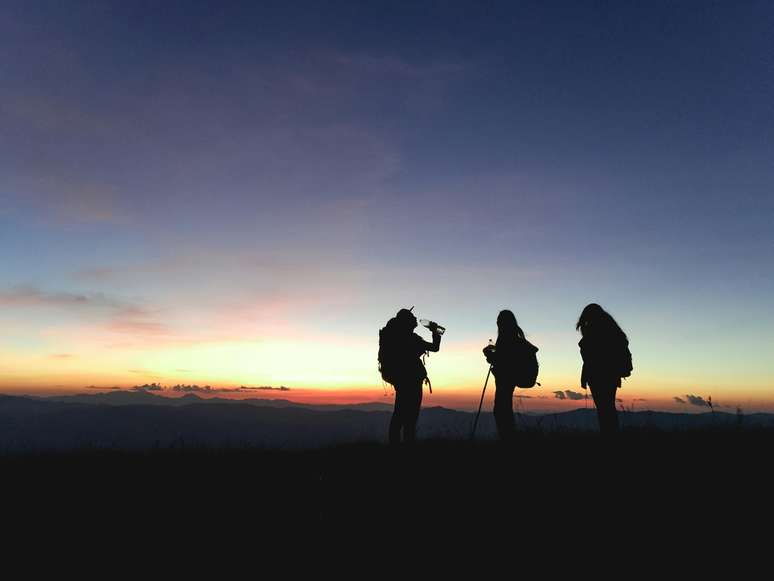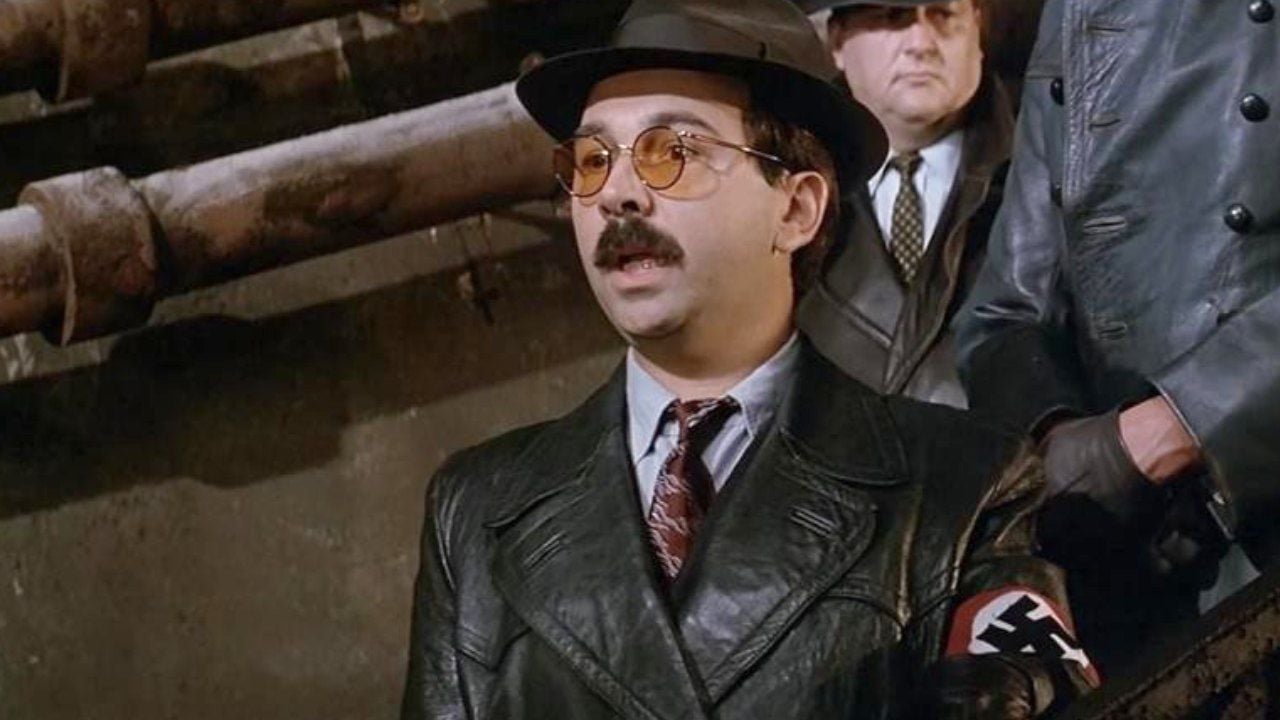The Chilean island is located 3,700 km off the coast of South America […]
Isolated in the Pacific Ocean, Easter Island is one of the furthest territories from any populated place on the planet. That means you’ll be in the middle of nowhere, about 4,100 kilometers from Tahiti and a full 3,700 kilometers from the coast of South America.
In the center of the world (Te Pito o Te Henuain the Rapa Nui language), every effort to get there will be rewarded with walks on the edge of a volcano, dives into exaggeratedly blue waters, and a population with an easy smile that makes us feel at home.
But the most famous tourist attraction of this territory of Polynesian origin, which is more than three million years old, are the moai, the giant statues created in honor of the leaders of the local tribes.
The beginning
The story of no turnip It would have begun with the arrival of a group from Polynesia, led by King Hotu Matu’a with the aim of colonizing new lands, between the 4th and 8th centuries.
One of the most intriguing chapters in the history of the island are the moai, constructions that were built in three phases: between 800 and 1000 AD, between 1000 and 1200, and between the years 1200 and 1600, a period in which most of the current moai belong to it. .
First the ahusceremonial stone platforms, and then came the immense statues with large heads and hands on the body, commissioned as tributes to the leaders of local tribes or to ancestors transformed into deities.
8 reasons to visit Easter Island
BEACHES
On the north coast of the island, Anakena is one of Easter’s most famous stretches of sand.
This quiet beach with greenish waters is one of the best swimming options for those who don’t want to brave the rough, cold waters of the Pacific. The weak waves and the mild temperature of its waters are ideal for children and for those who practice sports such as snorkeling.
The site, 18 kilometers from Hanga Roa, is home to two restored moai platforms: Ahu Ature Huki and Ahu Nau Nau. Anakena is.
The island is also home to other beaches such as Ovahe, in a bay near Anakena and one of the few sandy beaches; and Pea, a small strip of sand, in the center of Hanga Roa, as an option for swimmers who don’t want to travel to Anakena.
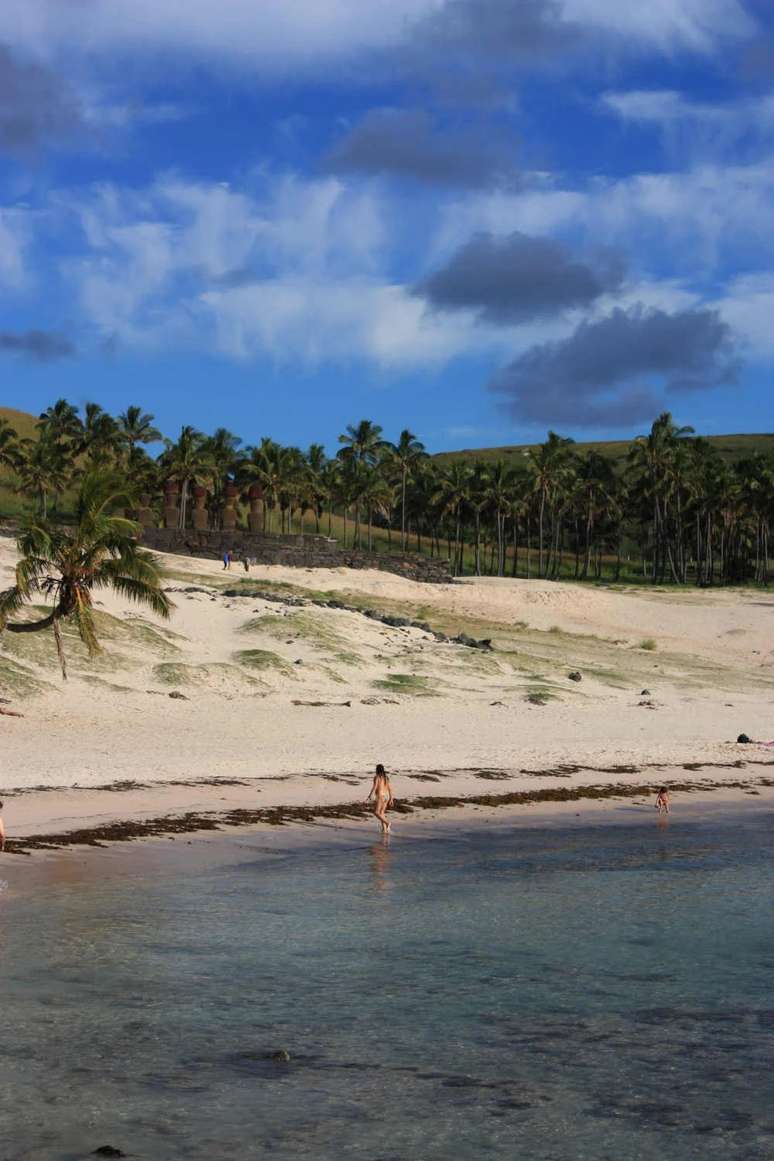
DIP
Whether scuba diving or snorkeling, diving is one of the most memorable experiences in this destination, whose transparent waters and variety of fish attracted even the most demanding diver, the Frenchman Jacques Cousteau.
The islets of Iti, Kao Kao and Nui are favorite places for amateurs and professionals seeking the immensity of the Pacific with rock walls up to 70 meters deep and giant corals.
For those who are not certified it is possible to dive with mouthpiece during tours on board with bathroom stops.
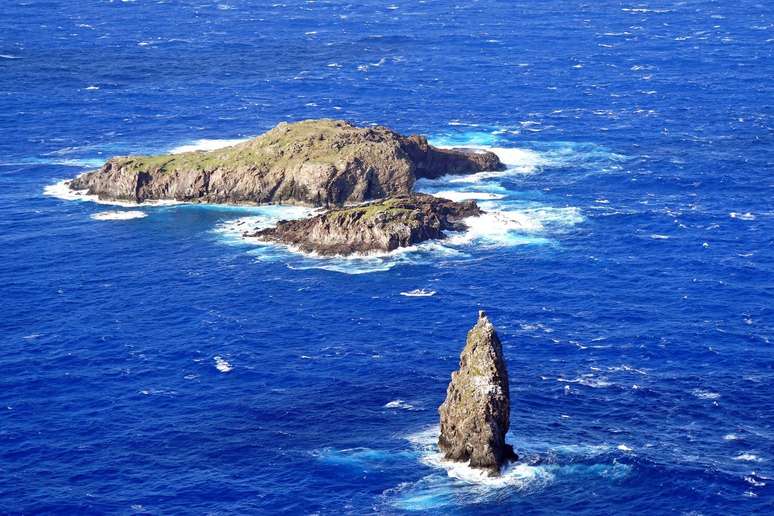
PATH
One of the most famous excursions is the one that goes to the Teravaka volcano, in the far north of Easter. The place is the highest point on the island, 511 meters above sea level.
The attraction is located 8.5 kilometers from the city and can be visited on foot from Hanga Roa, on a journey of approximately 1h30.
One of the most basic is Ara O Te Moai, a two-hour walk along ancient paths where the Rapa Nui carried moia from the Rano Raraku volcano to sacred altars. On the site you can see statues scattered randomly on the floor, in various stages of work, probably abandoned during the period of decline of the local culture.
From there you can walk to Ahu Tongariki, the famous platform with 15 moai.
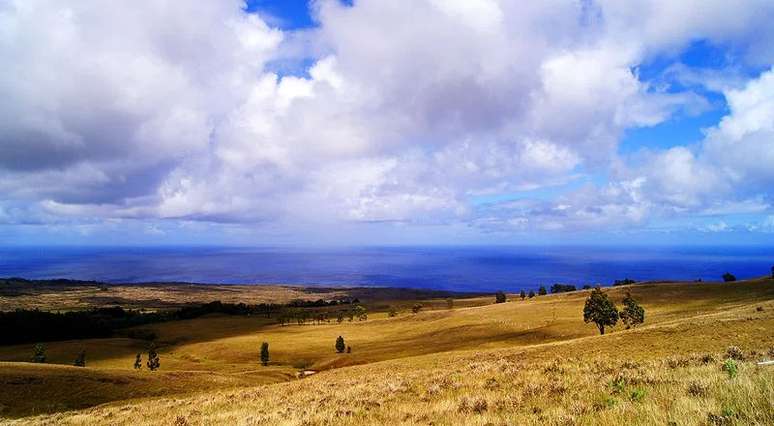
VOLCANOES
Rano Kau is one of the three volcanic centers that gave rise to Easter Island and is the natural gateway to Orongo, Rapa Nui’s ancient ceremonial village.
At 324 meters above sea level, this volcano is around 2.5 million years old and last erupted 180,000 years ago.
Rano Kau hosts a crater with a beautiful lagoon with microclimates that favor the development of different plant species. The steep walls of the volcano, especially the rocks eroded by marine erosion on the south side, are one of the most impressive images of the entire island.
By the way, Easter Island is the top of a rock chain about three million years old that hides three thousand meters under the sea. Impressive formations such as the Rano Kau and Rano Raraku volcanoes emerged from volcanic explosions.
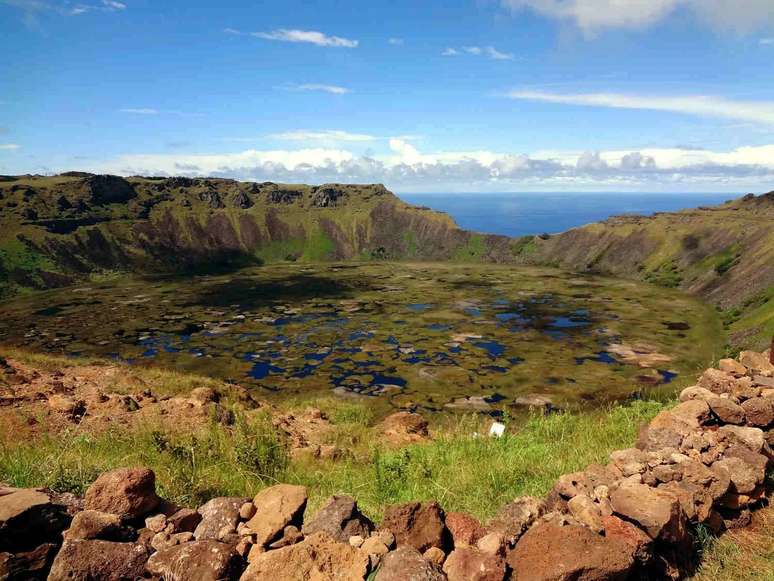
CAVES
One of the hidden attractions, literally, are the volcanic caves with interior rooms and natural windows overlooking the Pacific.
These underground formations connected to each other by dark and wide natural corridors originated from volcanic works, millions of years ago, such as the Ana Kakenga cave.
The population of Rapa Nui, which multiplied shortly after the arrival of the first inhabitants on the island, was the victim of an intense food shortage in an area with limited resources, giving rise to internal disputes that forced many of those men to hide outside. ‘inside these areas, caves.
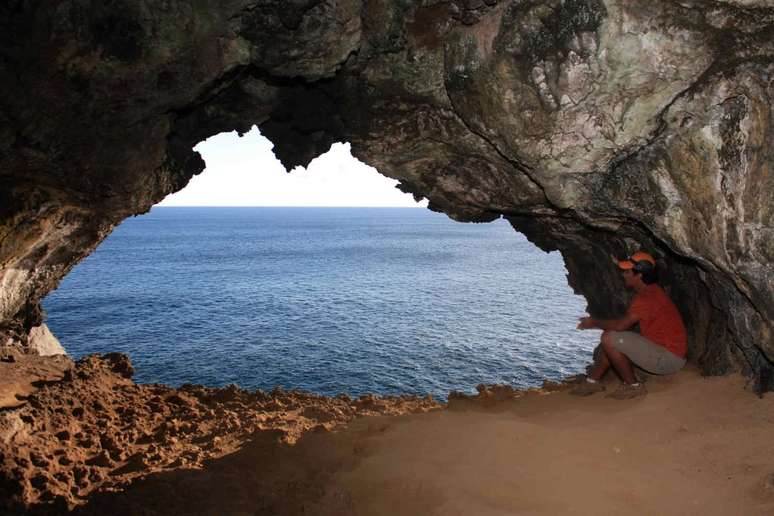
CEREMONIAL CENTERS
Tongariki, in Haga Nui Bay, is the largest burial platform in Rapa Nui and is home to a sequence of 15 moai, giant statues erected in honor of their creators no turnip.
But how did those immense volcanic rocks weighing up to 86 tons get there?
Some research supports the idea that these giants were transported on logs that rolled across the island’s rugged terrain; others claim that structures made of smooth stones aided in transportation.
But the best theory is the one that comes from oral tradition: the moai simply walked.
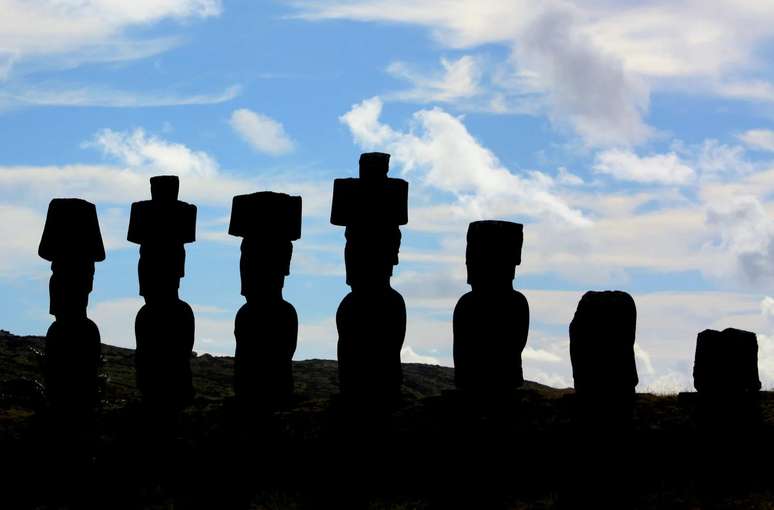
SUNSET IN THE PACIFIC
Located opposite ahu Vai Uri, the ceremonial sector of Ahu Tahai, near Hanga Roa, is usually frequented by visitors who crowd the lawn in front of an ancient square used for religious purposes.
Another famous attraction is Ahu Ko te Riku, with hat and eyes introduced for tourism purposes, during the restoration process, in the coastal sector of Atamu Tekena Avenue.
YOUR PEOPLE
(Re)discovered by Western ships on Easter Sunday 1722, the destination is one of the three ends of an imaginary triangle formed by New Zealand and Hawaii, in the so-called remote Oceania.
More than forming an immense area of millions of square kilometers, this group of distant territories shares the same Polynesian origin and a certain taste for intriguing stories.
However, the local population, friendly and with easy smiles, is one of the island’s strong points.
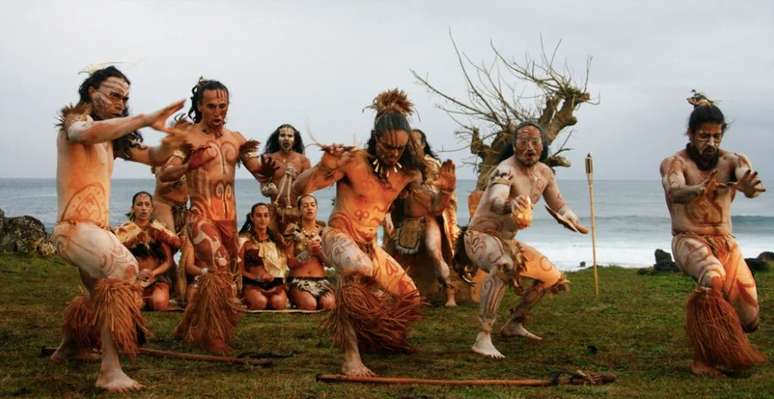
Source: Terra
Ben Stock is a lifestyle journalist and author at Gossipify. He writes about topics such as health, wellness, travel, food and home decor. He provides practical advice and inspiration to improve well-being, keeps readers up to date with latest lifestyle news and trends, known for his engaging writing style, in-depth analysis and unique perspectives.



